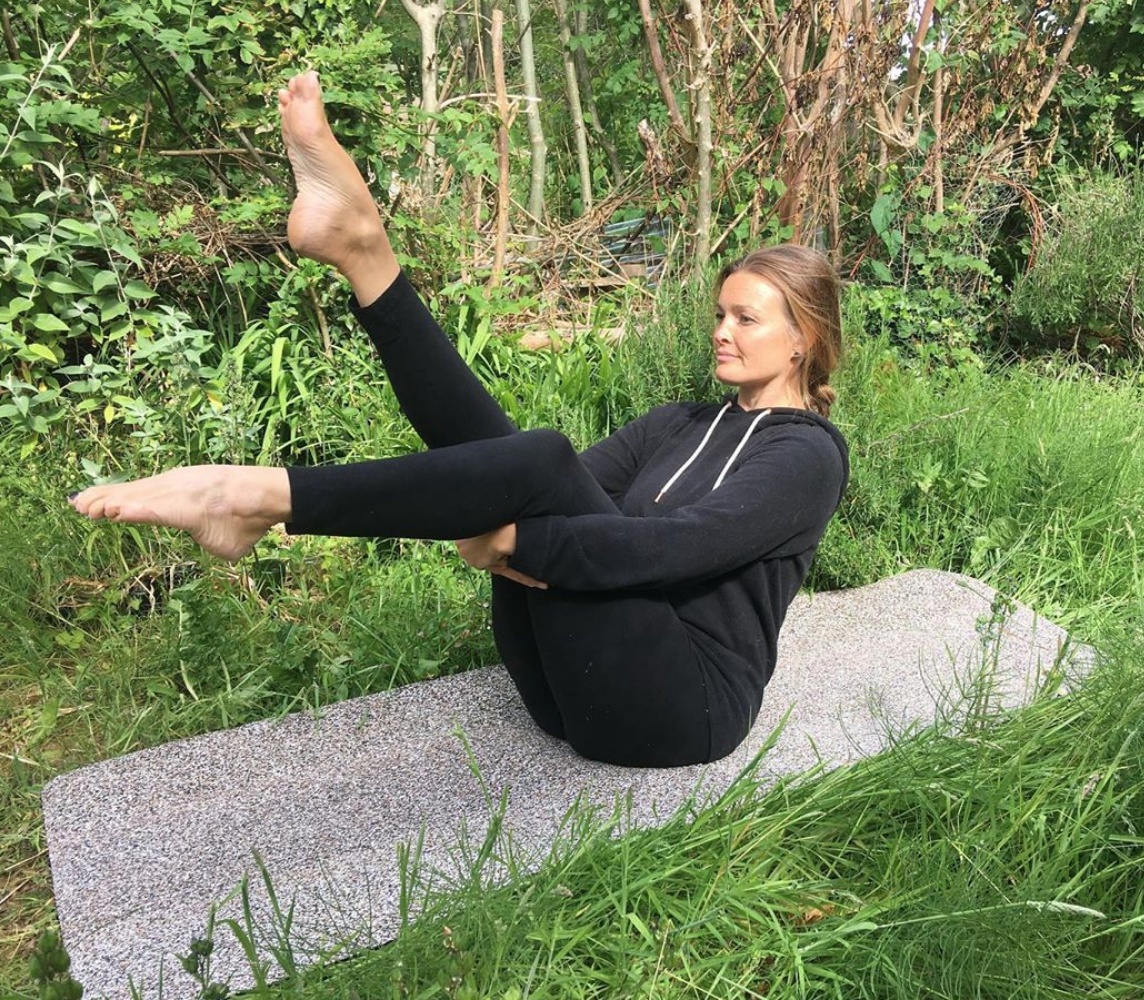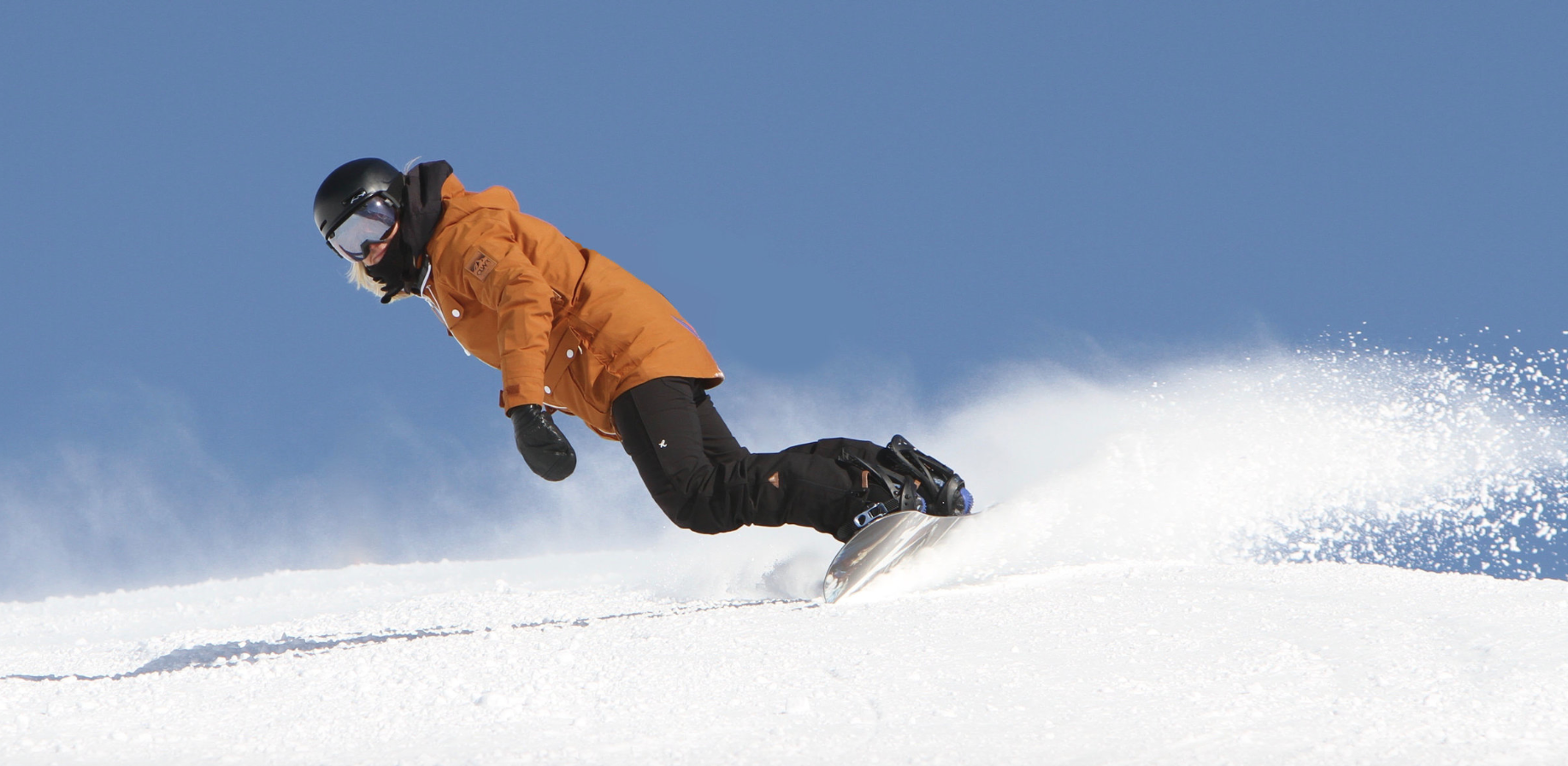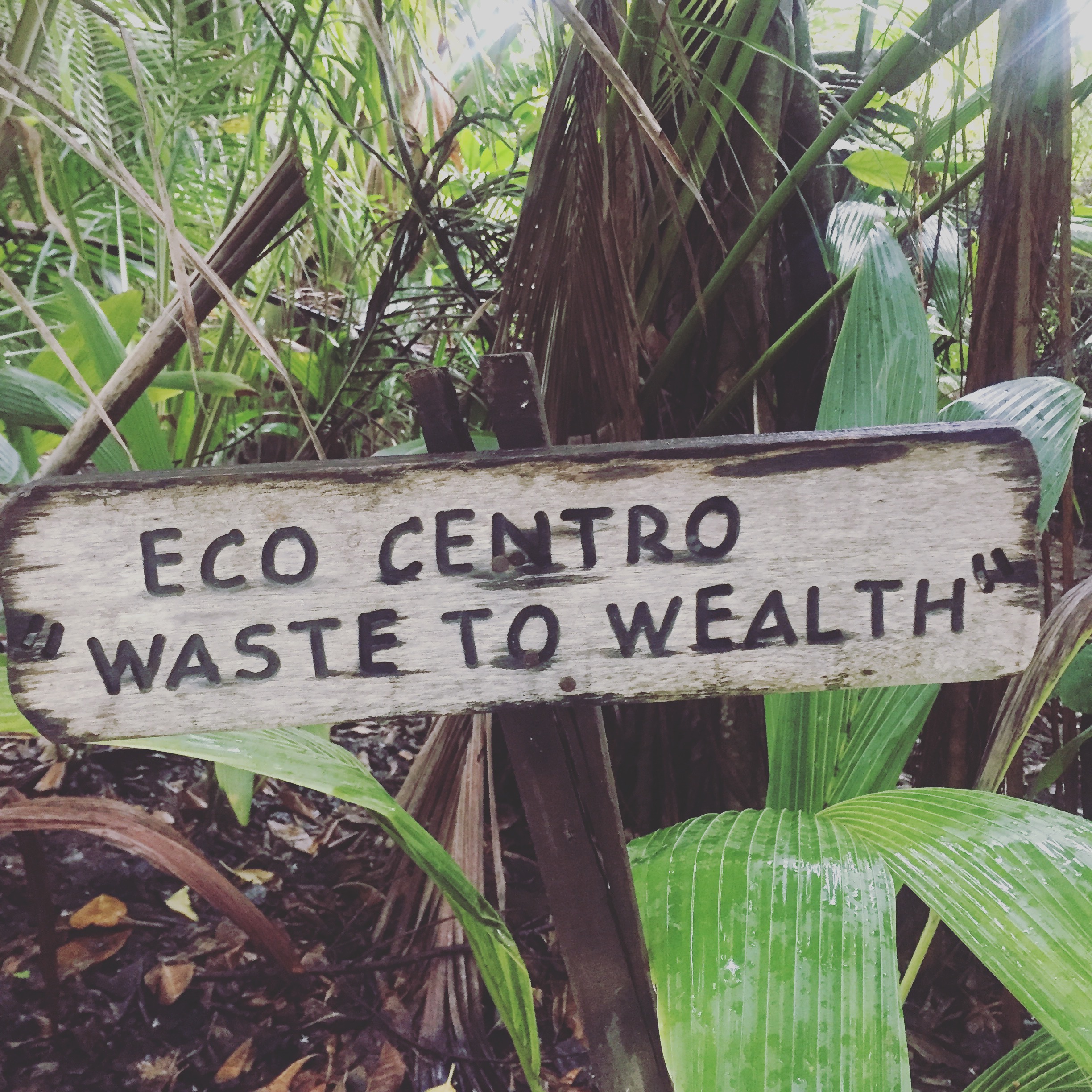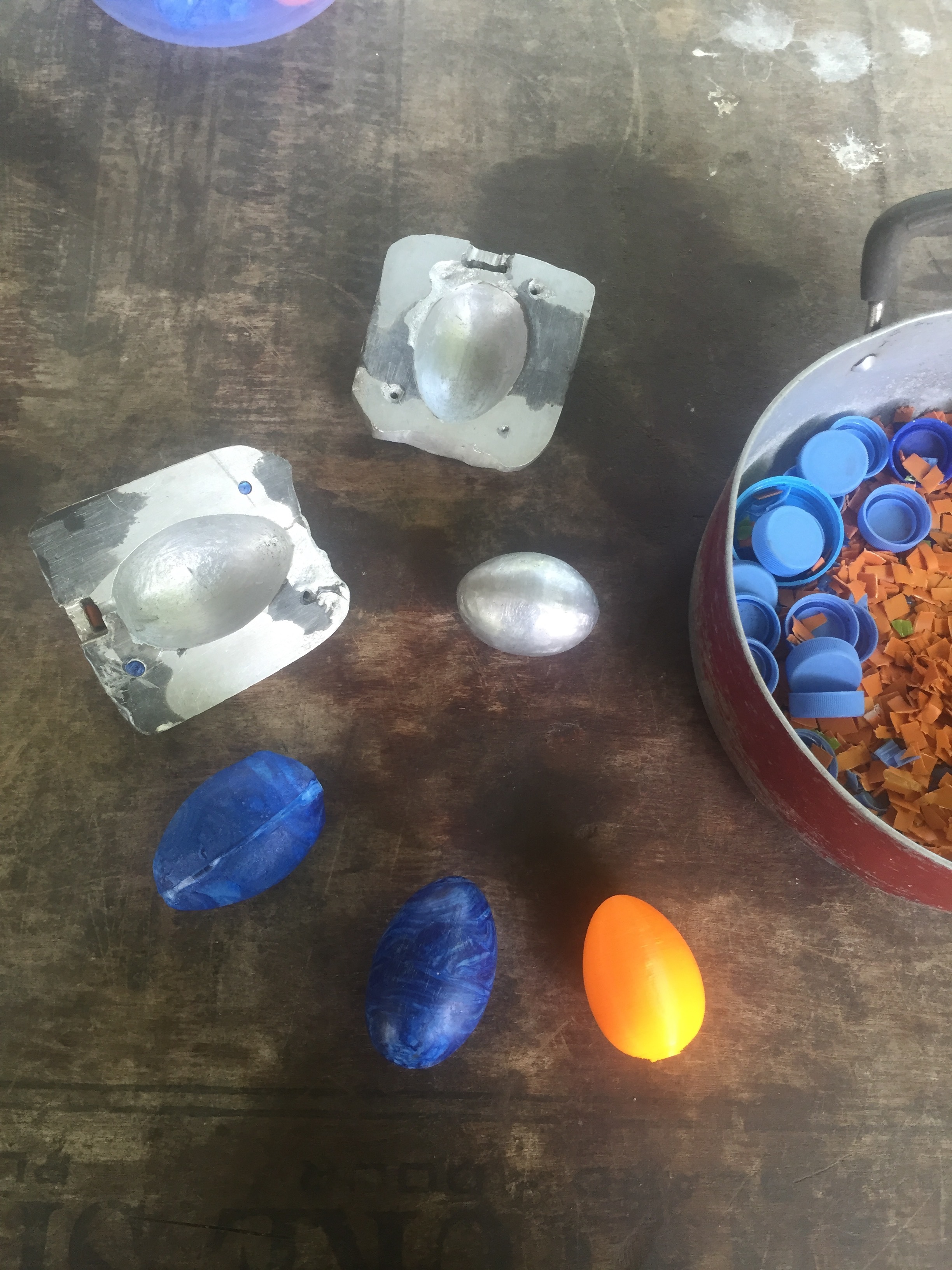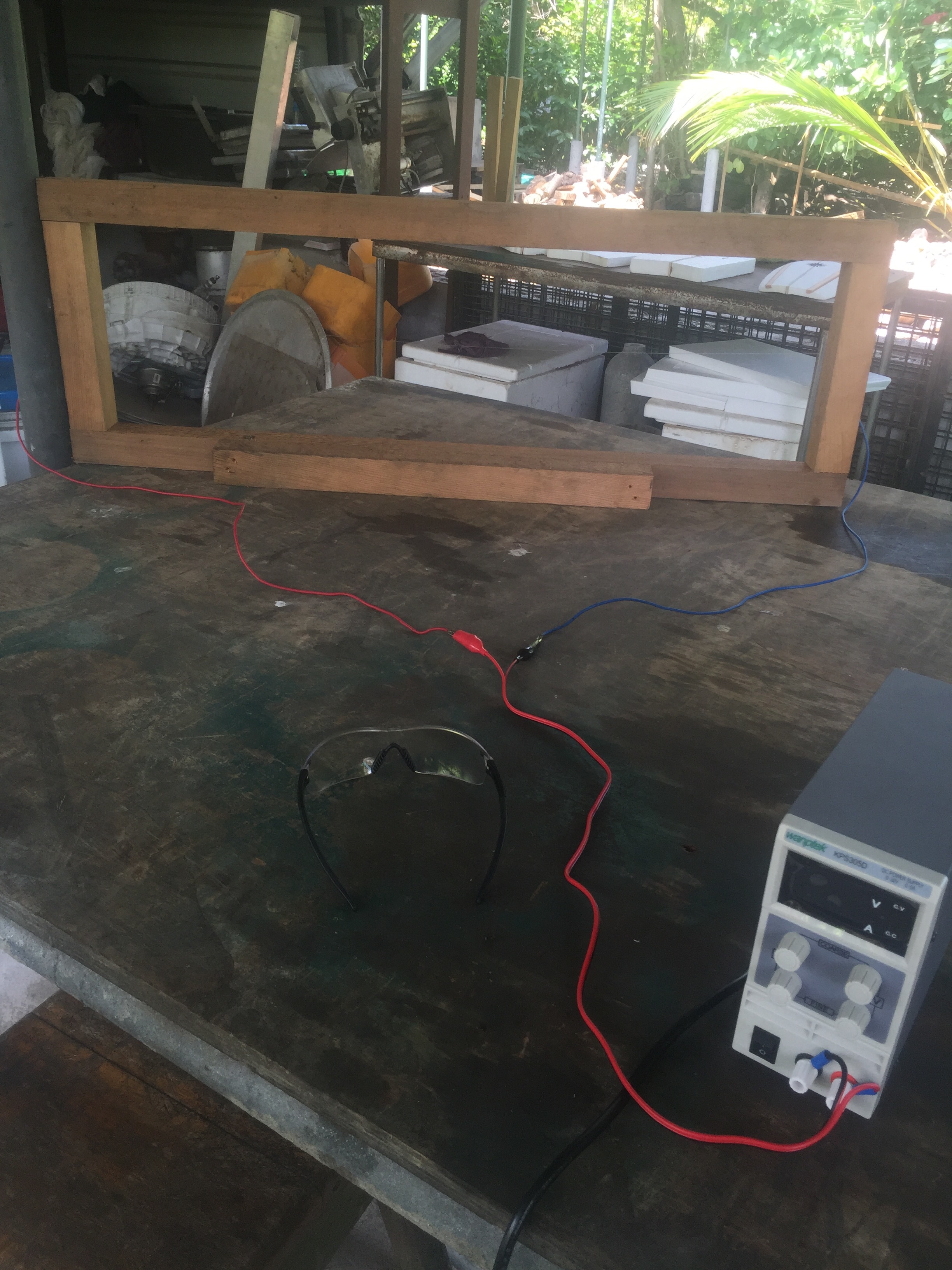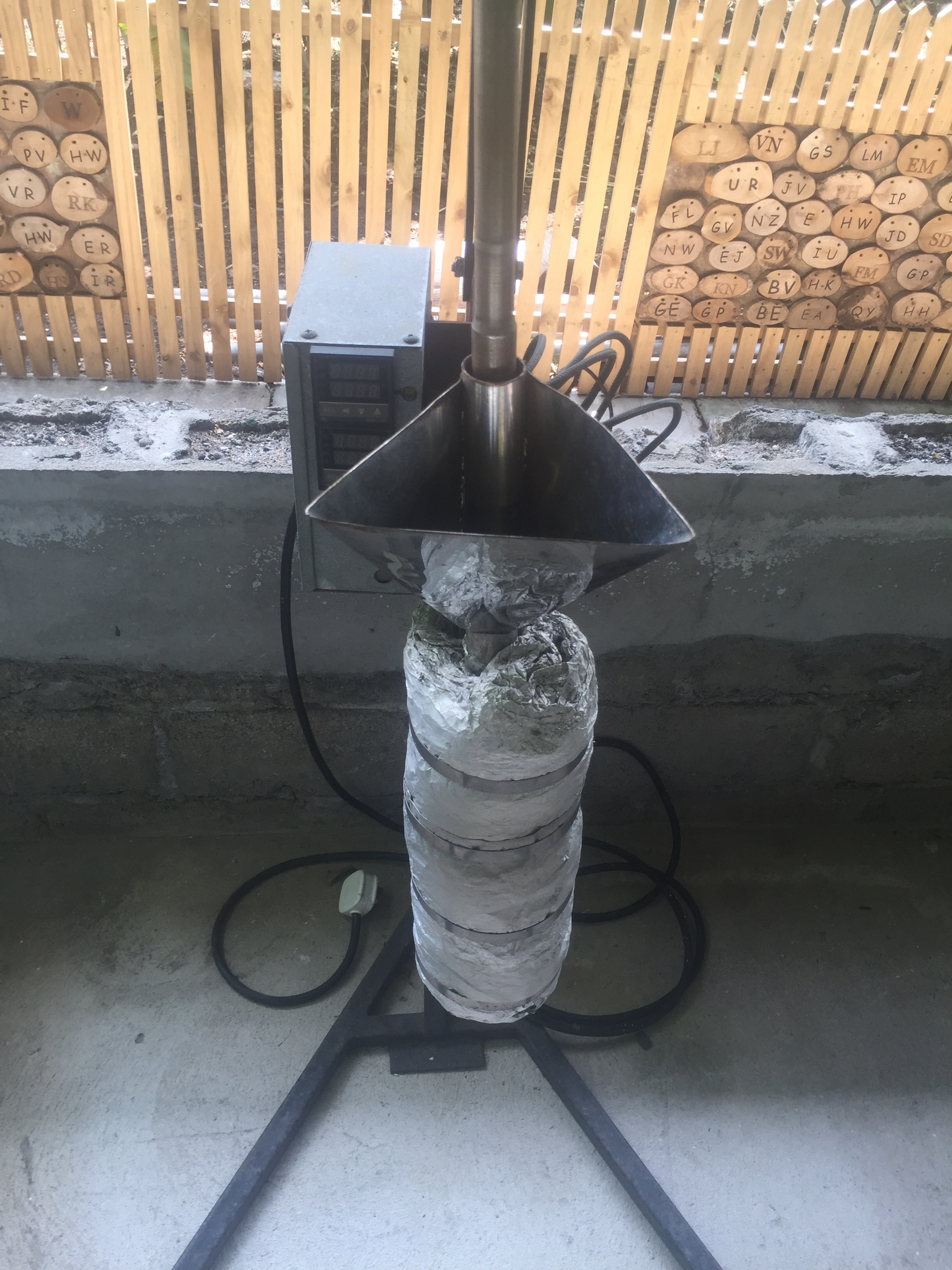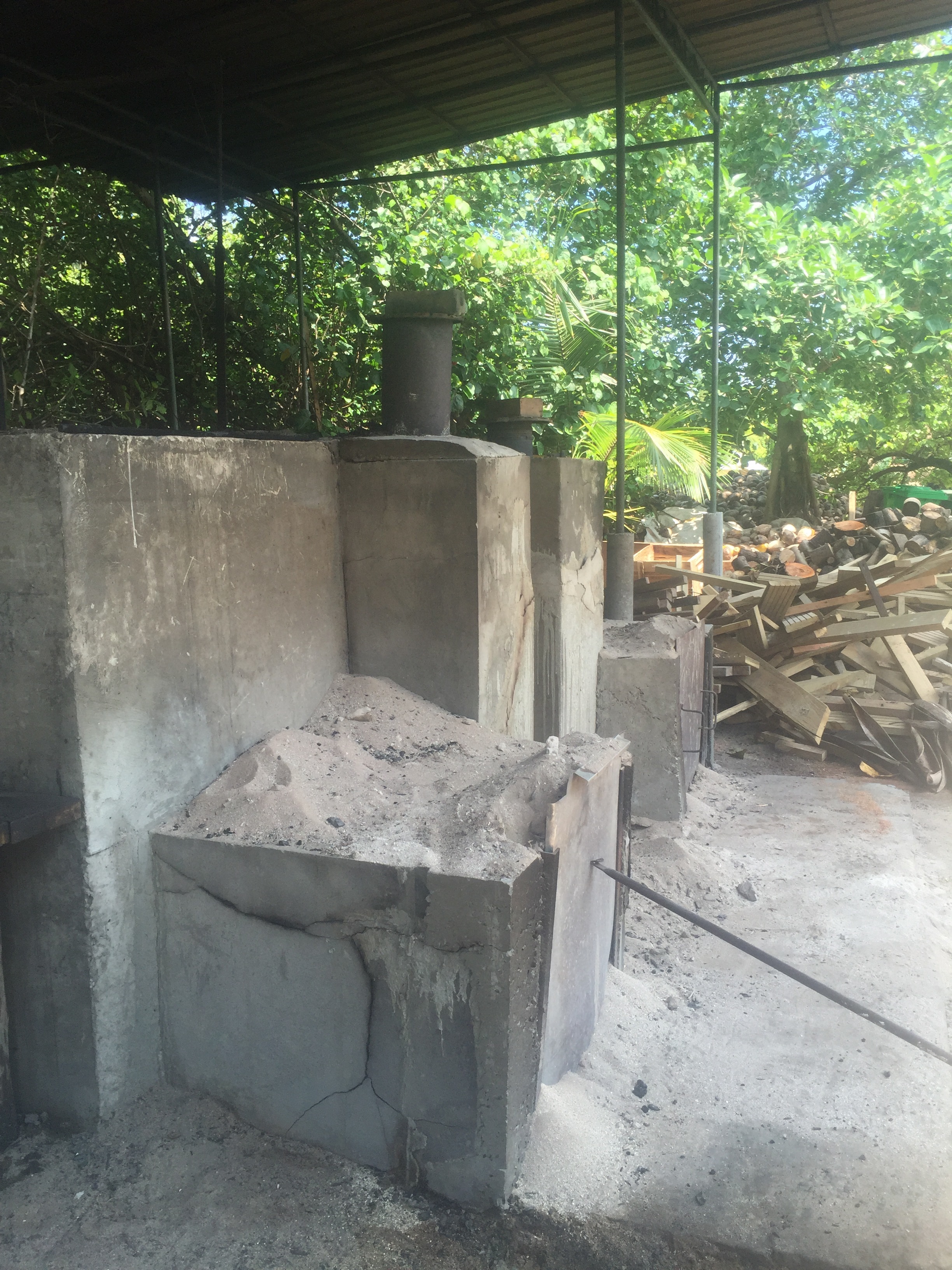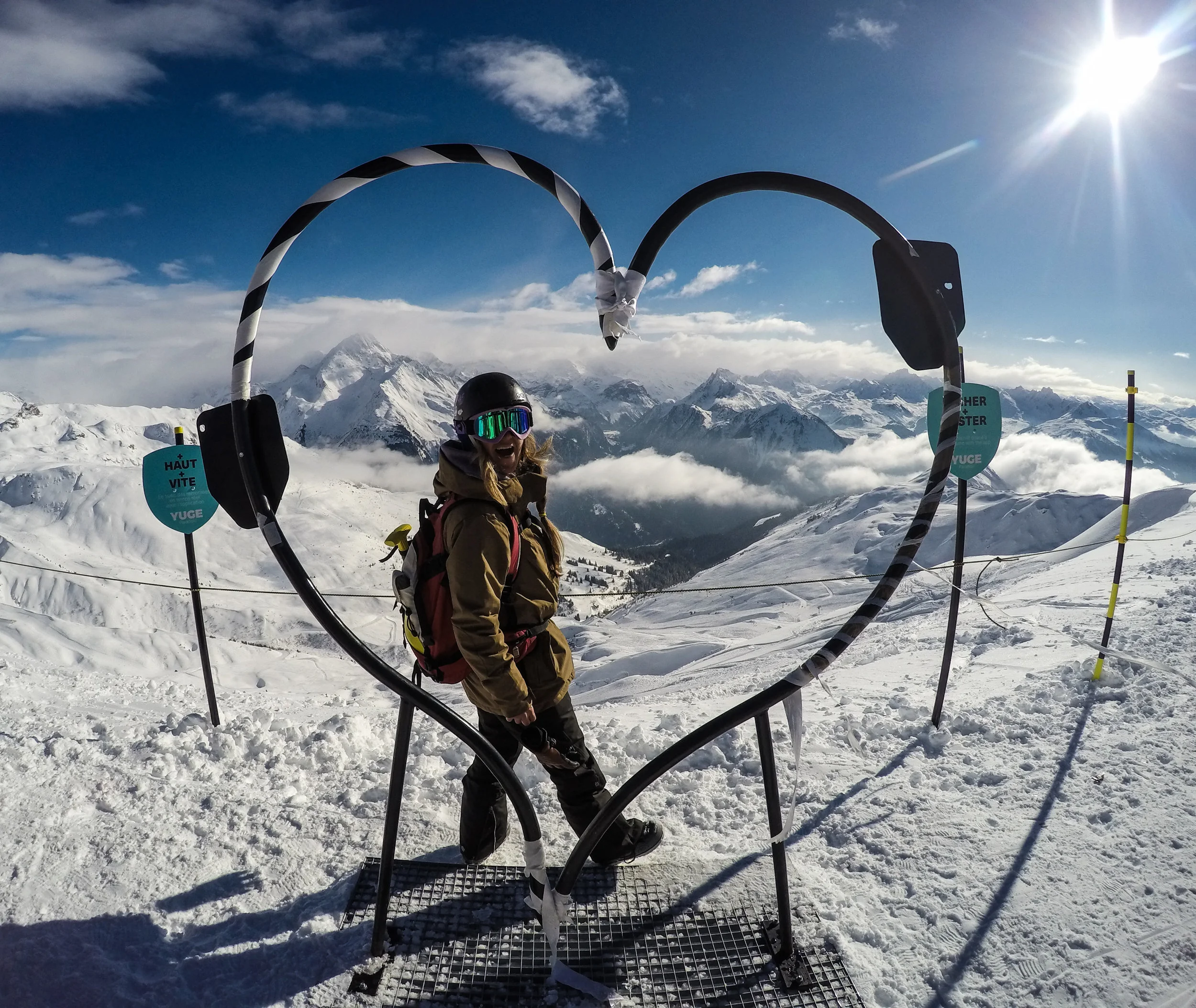I’ve just returned from the UN Ocean Conference (UNOC) in Nice, France — the third of its kind and by far the largest. With more than 15,000 participants, over 450 side events, and nearly 100,000 visitors to the broader ocean expo, I’m secretly calling it the Glastonbury of Ocean Conferences.
It was an energetic convergence of global leaders, scientists, youth, Indigenous voices, NGOs, and ocean advocates. And my two weeks there were intense, inspiring, and — like any truly global gathering — a bit overwhelming. Yet, it was a milestone on my ocean sustainability career path (especially as I couldn’t attend UNOC2 in Lisbon due to having Covid). And above all, it was an important moment to take stock of where we are in protecting the ocean and where we need to go next.
Let’s start with why the UN Ocean Conference even exists.
The answer lies in Sustainable Development Goal 14: Life Below Water — one of 17 goals adopted by all UN Member States in 2015 as part of the 2030 Agenda for Sustainable Development. SDG 14 is focused on conserving and sustainably using the oceans, seas, and marine resources, which is crucial — not just for marine biodiversity, but for global climate stability, food security, economic development, and human wellbeing.
Despite its critical importance, SDG 14 faces serious challenges.
It remains the most underfunded of all the Sustainable Development Goals, receiving less than 1% of total SDG-related funding. Meanwhile, the pressures on the ocean are intensifying, and as of 2025, most of SDG 14’s 10 targets are either off track or unmet. Key goals — like significantly reducing marine pollution by 2025, ending harmful fisheries subsidies, and conserving 10% of coastal and marine areas — are proving elusive.
The UN Ocean Conference is one of the few global platforms dedicated entirely to elevating the ocean agenda. It’s not a negotiation space like the climate COPs or biodiversity summits. Instead, it’s a forum for political declarations, voluntary commitments, coalition-building, and cross-sectoral collaboration. It offers an opportunity for governments, civil society, youth, the private sector, and the scientific community to come together and take stock of progress, share knowledge, and catalyze new initiatives.
What happened at the previous UNOC’s?
The first two UNOCs — held in New York (2017) and Lisbon (2022) — helped establish and expand this space. UNOC1 was a breakthrough moment, with more than 1,300 voluntary commitments, seven partnership dialogues, and a strong political declaration reaffirming commitment to SDG 14. It marked a shift in how the ocean was perceived within the sustainable development agenda. UNOC2 built on that momentum with greater emphasis on science, innovation, and inclusive governance. It brought over 6,000 participants to Lisbon and generated more than 300 new commitments focused on biodiversity, capacity building, and climate-ocean linkages.
UNOC3 in Nice, co-hosted by France and Costa Rica in June 2025, was a significant step forward.
The scale alone was impressive, and the political energy was palpable. Over five days, the conference convened high-level panels, action-oriented dialogues, and an extraordinary array of side events.
Some of the most notable outcomes included:
800 new voluntary commitments were officially registered, with pledges coming from governments, NGOs, research institutions, and private sector actors.
The High Seas Treaty, adopted in 2023 to protect marine biodiversity beyond national jurisdictions, gained momentum. Nineteen countries ratified it during UNOC3, bringing the total to 50, just ten short of the number needed for entry into force.
The Blue NDC Challenge was launched by Brazil and France. This initiative encourages countries to embed ocean-based solutions into their nationally determined contributions (NDCs) under the Paris Agreement, linking ocean action with climate ambition.
A moratorium on deep-sea mining was supported by more than 30 world leaders, reflecting growing concern about the ecological risks of mining the seafloor.
The WTO’s Fisheries Subsidies Agreement, which seeks to curb harmful subsidies that contribute to overfishing, is inching closer to becoming legally binding. As of Nice, 101 World Trade Organization members have ratified it — just ten more are needed.
French Polynesia announced the creation of the world’s largest marine protected area — a landmark commitment to ocean conservation.
New coalitions were launched, including the High Ambition Coalition for a Quiet Ocean (led by Panama and Canada), focused on addressing underwater noise pollution, and a separate coalition for the protection of sharks and rays.
Substantial financial pledges were made to support marine conservation, blue carbon projects, ocean science, and resilience initiatives. The European Union, Germany, New Zealand, and philanthropic organisations all stepped up with funding announcements.
Taken together, these outcomes represent real progress. But as always with voluntary commitments and non-binding declarations, the true test will be in implementation.
Many of the pledges made at previous conferences have yet to be fully delivered. What’s needed now is robust accountability, better tracking of commitments, and stronger integration of ocean priorities into national and international policymaking.
Personally, attending UNOC3 was an intense and rewarding experience.
It was a unique opportunity to witness global ocean diplomacy up close — from the main stage declarations to underground panels with ocean legends. I met people from all over the world: youth leaders pushing for intergenerational justice, Indigenous advocates defending ancestral waters, scientists translating complex data into policy tools, and funders looking to back high-impact ocean initiatives. The energy and dedication of the ocean community was both humbling and motivating.
That said, it wasn’t all smooth sailing. Like many global conferences, the programme was packed to the brim and often overwhelming. Important side events overlapped. Access to high-level sessions was limited. And despite efforts toward inclusion, meaningful participation by communities most affected by ocean degradation — such as small island developing states and coastal Indigenous peoples — still needs improvement.
Still, the conference offered a valuable space to reconnect with old allies, build new partnerships, and reflect on the bigger picture.
I had the opportunity to present my work in the Green Zone (the part open to the public), and support fellow Early Career Ocean Professionals as they presented theirs. The ocean movement is growing — it’s becoming more intersectional, more global, and more ambitious. But to truly protect life below water, we need more than momentum. We need systemic change.
That means dramatically increasing funding for ocean action. It means enforcing marine protections. It means banning harmful practices like illegal fishing and deep-sea mining. It means valuing traditional and Indigenous knowledge alongside science. And it means centering the voices of those who depend most directly on a healthy ocean.
UNOC3 in Nice helped set the stage.
Now it’s time for governments, institutions, and communities to deliver. Because the ocean doesn’t have time to wait.
As for me? I’m finally home, back by the Atlantic Ocean again, feeling tired but hopeful. There’s work to be done, and the tide — with the right kind of push — may finally be turning.
